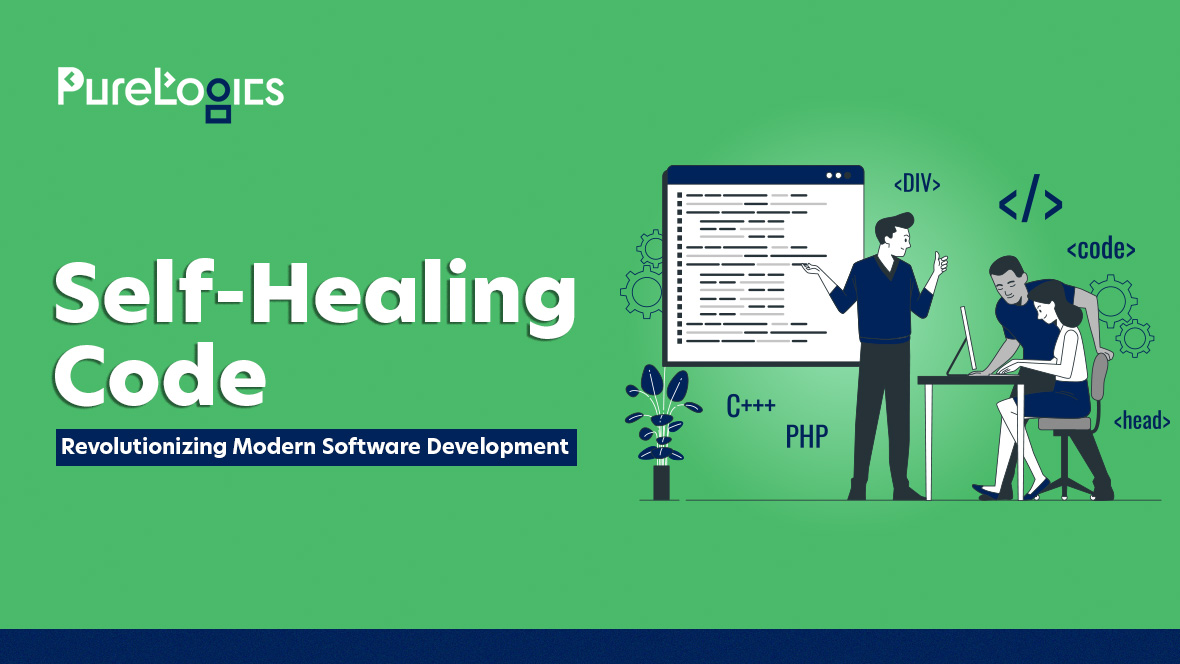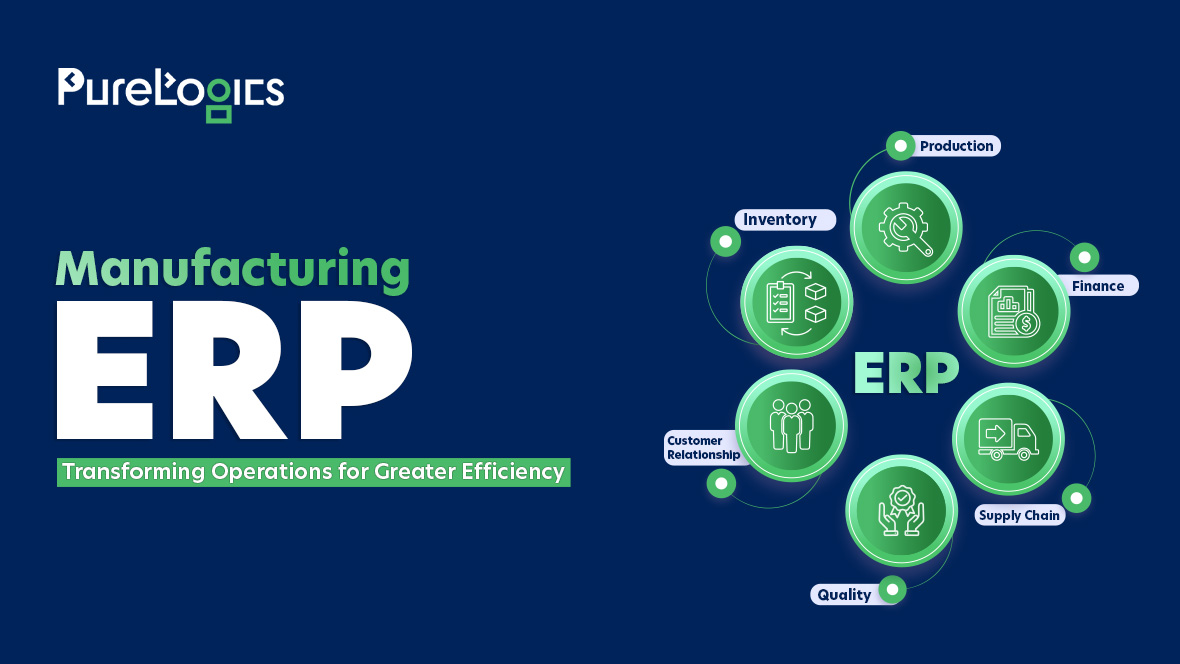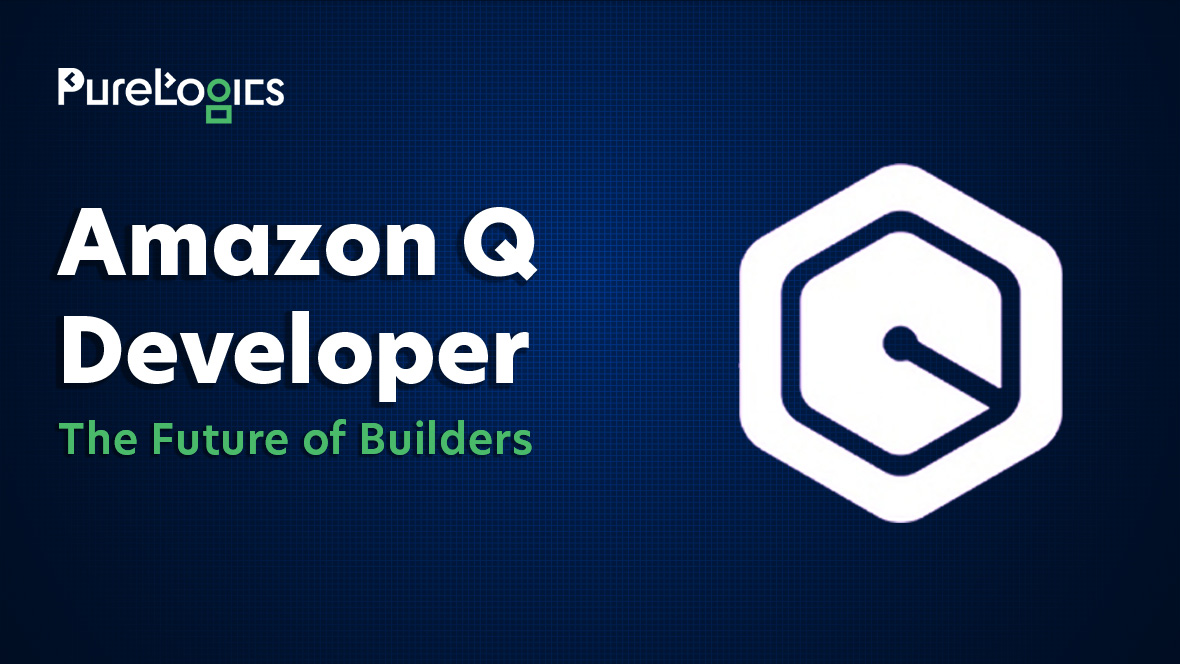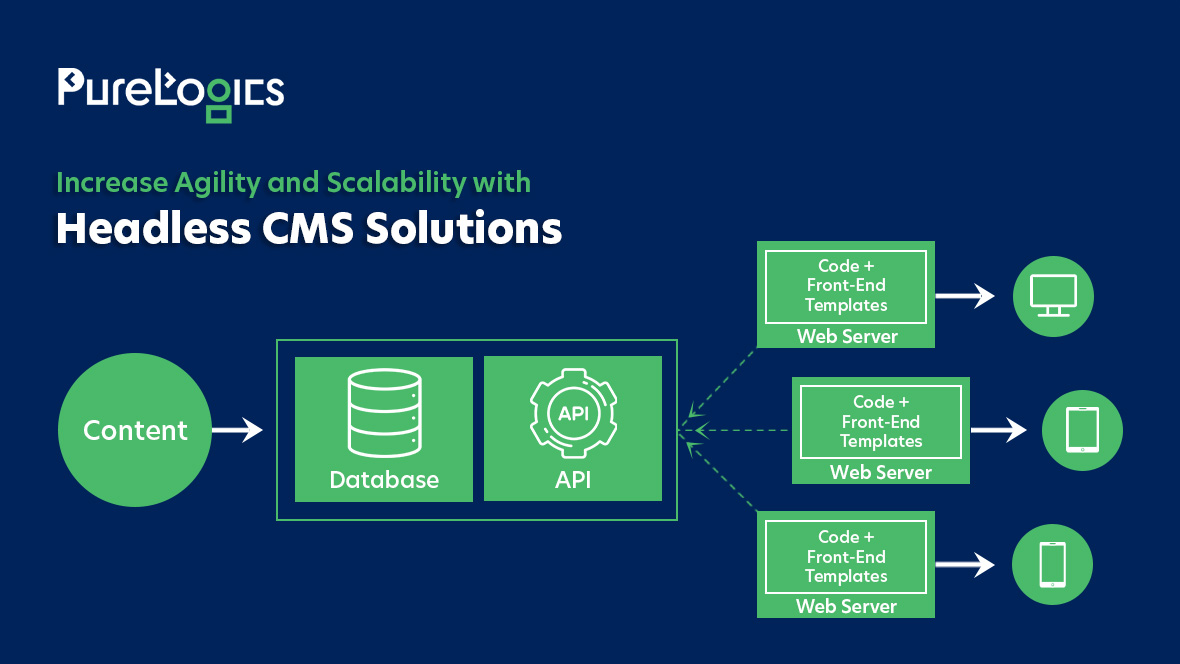In today’s fast-paced digital landscape, software reliability is paramount. Even a brief system outage can lead to significant financial losses and damage to a company’s reputation. For instance, in 2024, a central e-commerce platform experienced a 30-minute downtime during a peak shopping period, resulting in an estimated $5 million in lost sales.
To overcome such challenges, the concept of self-healing code has emerged, offering a proactive solution to software maintenance and reliability.
What is a Self-Healing Code?
Self-healing code refers to software designed to autonomously detect, diagnose, and rectify faults in real-time, thereby minimizing the need for human intervention. This approach draws inspiration from biological systems that naturally heal after injury.
By integrating advanced monitoring tools and artificial intelligence, self-healing systems can maintain optimal performance and reduce unexpected downtimes.
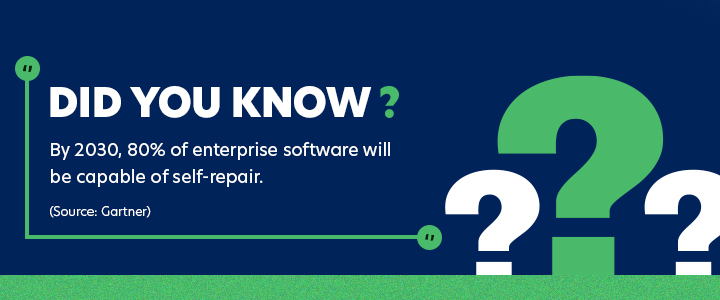
Mechanisms Behind Self-Healing Code
The functionality of self-healing code hinges on a systematic process:
- Continuous Monitoring: Utilizing tools like AWS CloudWatch, systems perpetually assess performance metrics, identifying anomalies that may indicate potential issues.
- Fault Diagnosis: Upon detecting irregularities, machine learning algorithms analyze data to pinpoint the root cause, distinguishing between transient glitches and critical faults.
- Automated Recovery: Post-diagnosis, the system initiates corrective measures, such as restarting services, reallocating resources, or applying patches, ensuring seamless functionality.
Core Components of Self-Healing Systems
Effective self-healing code is built upon several foundational elements:
- Redundancy and Failover Mechanisms: Incorporating backup resources ensures that if one component fails, another seamlessly takes over, maintaining uninterrupted service.
- Checkpointing and Rollback Capabilities: Regularly saving system states enables reverting to a stable version in the event of failures, thereby minimizing data loss and operational disruption.
- AI-Driven Anomaly Detection: The application of artificial intelligence enables the prediction and identification of potential failures before they escalate, thereby enhancing system resilience.
Advantages and Limitations of Self-Healing Code
Self-healing code is transforming software development by enhancing system resilience and reducing maintenance efforts. Here are five key advantages of integrating self-healing mechanisms into modern applications.
Minimal Downtime and Increased Uptime
System outages can cost businesses millions. According to Gartner, network downtime costs organizations an average of $5,600 per minute. Self-healing code proactively detects and fixes errors before they escalate, ensuring continuous uptime and reducing financial losses.
Reduced Maintenance Costs
Traditional debugging and manual fixes require significant human intervention. Self-healing systems automate troubleshooting, freeing up IT teams to focus on more strategic tasks. This leads to lower labor costs and more efficient resource allocation. Companies leveraging AI-driven self-healing solutions report 30-50% lower maintenance expenses.
Enhanced Security and Risk Mitigation
Cyberattacks and software vulnerabilities are increasing. Self-healing code detects security breaches, applies patches automatically, and mitigates risks in real-time. For example, Microsoft Azure utilizes self-healing mechanisms to safeguard cloud environments against threats, thereby significantly reducing the likelihood of data breaches.
Improved User Experience and Reliability
Software crashes and slow performance frustrate users. Self-healing applications optimize performance, reducing lag and disruptions. In industries such as finance and e-commerce, where a seamless user experience is crucial, self-healing software ensures smooth transactions and fosters customer satisfaction.
Predictive Problem Resolution
By leveraging AI and machine learning, self-healing code predicts failures before they occur. This proactive approach prevents unexpected breakdowns, making systems more resilient and future-ready. Netflix, for instance, uses self-healing techniques to prevent server failures, ensuring uninterrupted streaming for millions of users.
However, challenges persist:
- Implementation Complexity: Designing and deploying self-healing systems requires sophisticated algorithms and a deep understanding of potential failure modes.
- Risk of False Positives: Overly sensitive monitoring may trigger unnecessary recovery actions, potentially leading to service disruptions.
Real-World Applications of Self-Healing Code
Various industries have embraced self-healing technologies:
Cloud Computing
Major cloud service providers, such as AWS, Microsoft Azure, and Google Cloud, utilize self-healing mechanisms to detect failing virtual machines and automatically restart or replace them. For instance, AWS Auto Scaling ensures that applications maintain high availability by replacing unhealthy instances without human intervention.
Telecommunications Networks
Telecom companies deploy self-healing systems to monitor network congestion, detect faulty nodes, and reroute traffic in real time. AT&T’s self-healing AI proactively identifies weak signals and adjusts network parameters to improve connectivity and prevent service disruptions.
Cybersecurity
Self-healing security frameworks automatically detect vulnerabilities, quarantine threats, and apply patches without requiring manual updates. For example, Microsoft Defender ATP utilizes AI-powered self-healing to neutralize malware and restore compromised files automatically.
Autonomous Vehicles
Self-driving cars from Tesla and Waymo employ self-healing algorithms to diagnose sensor failures, recalibrate navigation systems, and switch to backup modules, ensuring safer operations even when individual components malfunction.
Financial Trading Systems
High-frequency trading platforms rely on self-healing mechanisms to detect anomalies in transactions and correct errors instantly. Goldman Sachs and JPMorgan utilize AI-powered, self-repairing code to prevent trading failures and mitigate financial risks.
Guidelines for Developing Self-Healing Applications
To effectively implement self-healing capabilities, you need to take the following steps:
- Integrate Robust Monitoring Tools: Deploy comprehensive monitoring solutions to promptly detect anomalies.
- Design for Redundancy: Ensure critical components have backups that can take over seamlessly in the event of failures.
- Utilize Machine Learning Models: Incorporate AI to enhance fault detection and predictive maintenance.
- Establish Clear Recovery Protocols: Define automated response strategies for various fault scenarios to ensure swift remediation.
Final Remarks
The integration of self-healing code represents a significant advancement in software development, offering a proactive approach to system reliability and maintenance. By implementing this technology, organizations can achieve enhanced operational efficiency, reduced downtime, and improved user satisfaction, positioning themselves advantageously in an increasingly competitive digital landscape.
Looking to build resilient, self-healing software that minimizes downtime and maximizes efficiency? Our expert developers specialize in AI-driven automation to keep your systems running smoothly—contact us today!


 [tta_listen_btn]
[tta_listen_btn]
 June 26 2025
June 26 2025

